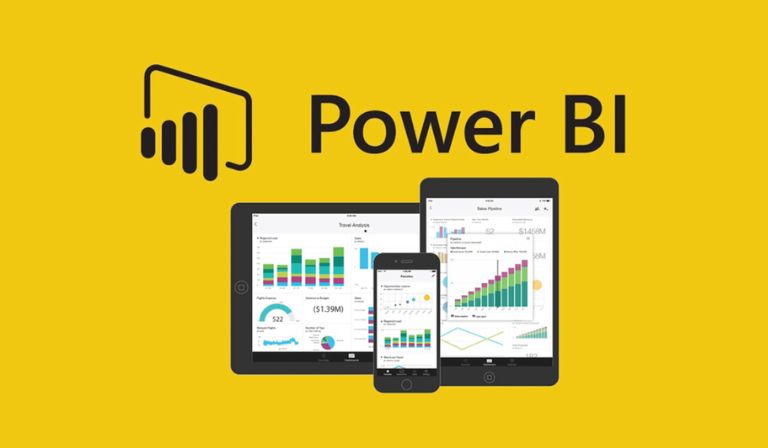In today’s data-driven world, mastering data analytics tools like Power BI has become more than just a desirable skill—it’s a necessity. For students and professionals alike, working on Power BI assignments can be both challenging and rewarding. The growing demand for insights from raw data has made Power BI a favorite among business analysts and organizations. However, many learners struggle with understanding its functionality, interface, and application in real-world scenarios.
This article aims to provide a comprehensive guide to help anyone seeking support with their Power BI assignments. Whether you’re a beginner or already have some experience, you’ll find valuable insights to make your journey smoother.
Table of Contents
ToggleWhat is Power BI?
Power BI is a powerful data visualization and business intelligence tool developed for transforming raw data into meaningful insights through interactive dashboards and reports. It enables users to connect to various data sources, clean and model data, and create visualizations that help in decision-making processes.
The key strength of Power BI lies in its user-friendly interface, seamless integration with Microsoft products, and strong data visualization capabilities. It supports a range of data sources including Excel, SQL Server, cloud-based databases, APIs, and more.
Why Power BI Assignments Are Challenging
Despite its intuitive interface, Power BI assignments can pose significant challenges for students:
- Data Modeling Complexity
- DAX Formulas
- Data Cleaning and Transformation
- Visualization Techniques
- Integration and Publishing
Common Topics in Power BI Assignments
If you’re enrolled in a data analytics or business intelligence course, you may encounter assignments related to:
- Connecting Power BI to various data sources (Excel, SQL, cloud platforms)
- Creating calculated columns and measures using DAX
- Designing data models with appropriate relationships
- Implementing filters and slicers for interactivity
- Creating dashboards that summarize KPIs
- Publishing and sharing reports via Power BI service
- Role-level security and access permissions
- Performance optimization of large datasets
Steps to Tackle a Power BI Assignment Effectively
1. Understand the Requirements Thoroughly
Before jumping into Power BI, make sure you understand what is expected. Read the assignment brief multiple times, clarify doubts with your instructor, and create a checklist of deliverables.
2. Prepare Your Dataset
Clean data is the foundation of any successful Power BI project. If the dataset is messy, use Power Query to remove duplicates, handle nulls, and reformat data types. Ensure you name columns meaningfully and follow consistent formats.
3. Build the Data Model
Use the ‘Model’ view to define relationships between tables. Pay close attention to the direction of relationships and cardinality. Avoid circular references and inactive relationships where possible.
4. Create Calculated Columns and Measures
Use DAX to create calculated columns and measures for your KPIs. Measures are more efficient in memory and performance. Test your formulas on smaller subsets to verify accuracy.
5. Design Your Report Layout
Start with a wireframe or sketch of your dashboard. Use appropriate charts, slicers, cards, and tables to display information. Always prioritize readability and avoid clutter.
6. Review and Optimize
Use the Performance Analyzer tool to check if any visual or query is slowing down the report. Optimize visuals and queries to improve responsiveness.
7. Document and Submit
Document all your steps, assumptions, and decisions. Include screenshots of dashboards and code snippets if required. Make sure your file is properly named and submitted in the correct format.
Tips for Mastering Power BI Assignments
- Practice Regularly
- Learn DAX Gradually
- Use Templates and Themes
- Watch Tutorials
- Join Communities
Final Thoughts
Power BI assignments, while challenging, are also an opportunity to develop skills that are in high demand across industries. With the right approach and support, you can not only complete your assignments successfully but also become proficient in a tool that opens up numerous career opportunities. Be patient, stay curious, and don’t hesitate to seek help when needed. Every assignment you work on brings you one step closer to mastering the art of data storytelling.











